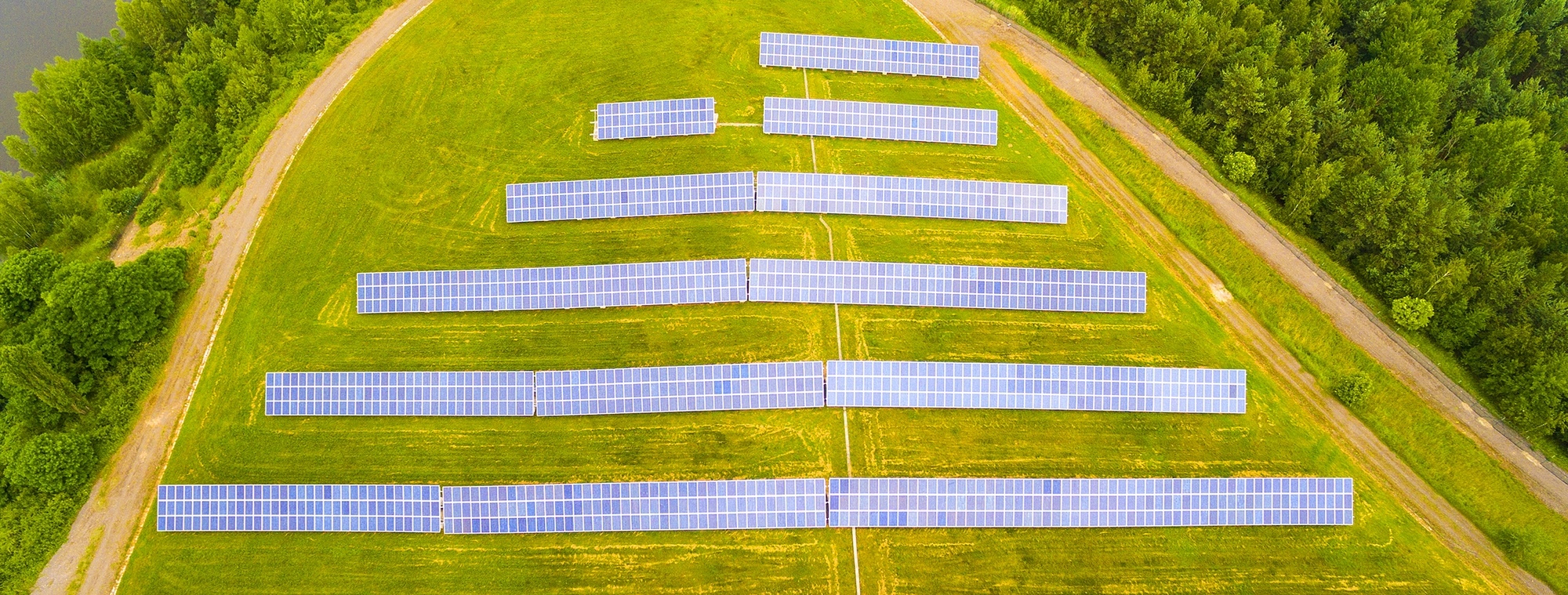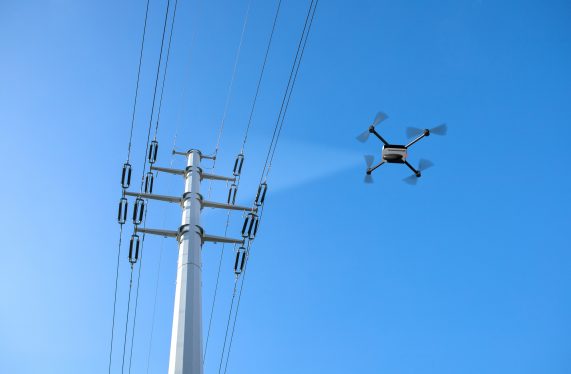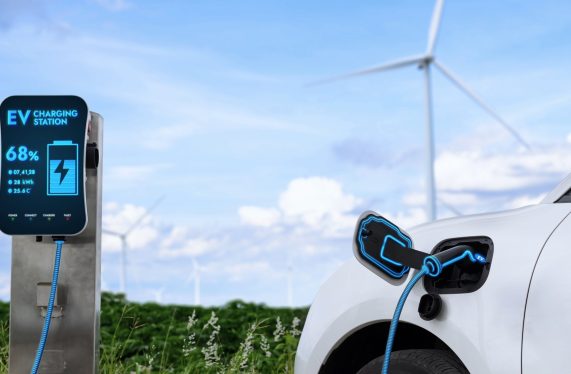Dependence on fossil fuels remains significant in energy production, despite major efforts to transition to Renewable Energy Sources (RES).
In this context, the shift toward RES is necessary, however, their implementation requires careful planning to ensure they don't compete with agricultural production and land use.
As areas suitable for photovoltaics often coincide with arable land, competition for land has become a real issue.
Agrovoltaic systems are emerging as an innovative solution, combining clean energy production with agriculture and livestock farming in the same space.
These systems allow for the simultaneous production of green energy and continuation of agricultural activities, utilizing the same area without endangering agricultural land.
This technology, already popular in countries like Italy and the United Kingdom, is beginning to gain ground in Greece, offering a sustainable solution for the future of agriculture and green energy.
What are Agrovoltaic Systems?
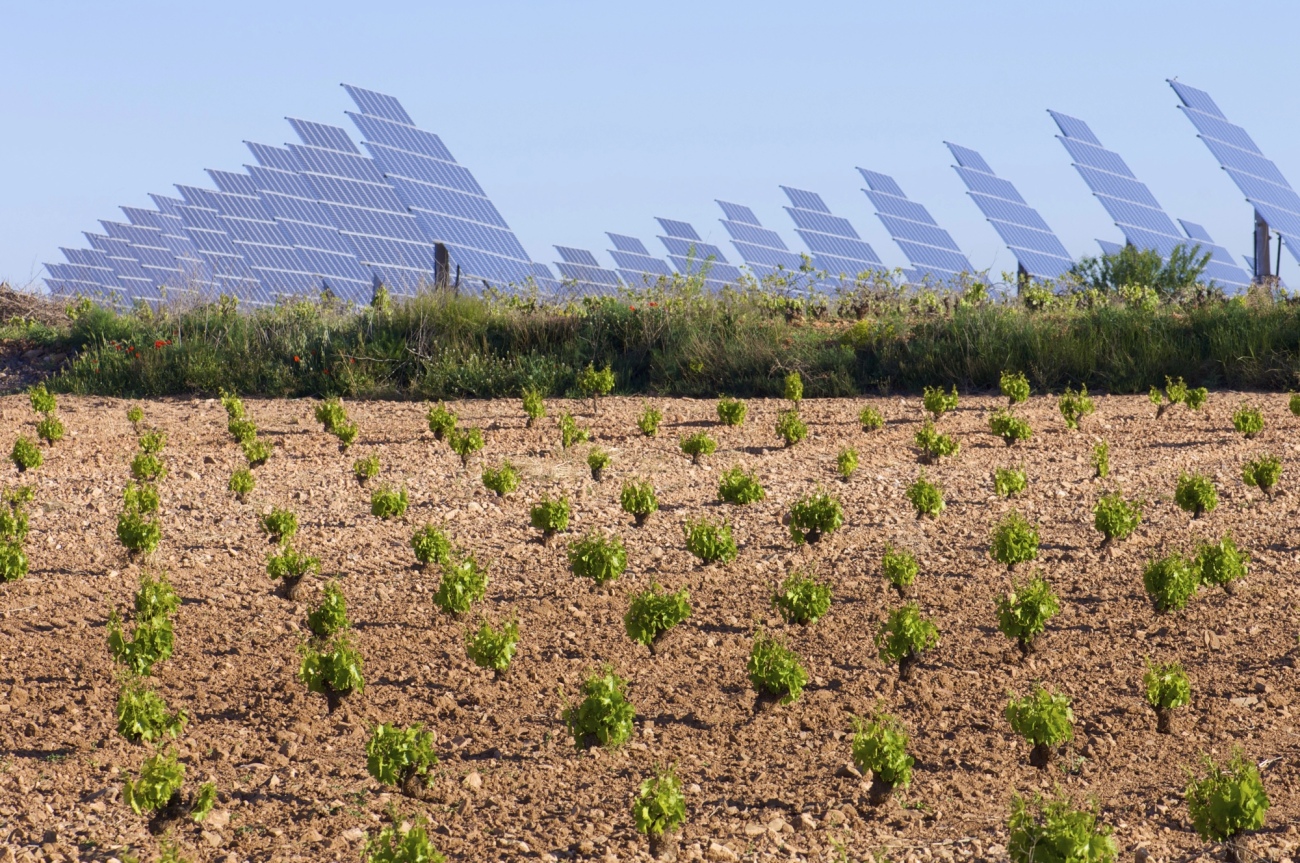
Agrovoltaic (or agrophotovoltaic) systems are energy installations that allow the simultaneous use of agricultural land for solar energy production and the development of agricultural and/or livestock activities.
Unlike conventional photovoltaic parks that occupy an entire area, agrovoltaics are designed to allow dual land use.
This approach aims to avoid competition between energy and agricultural land use, while enhancing the efficiency and multifunctionality of agricultural areas.
Design Challenges
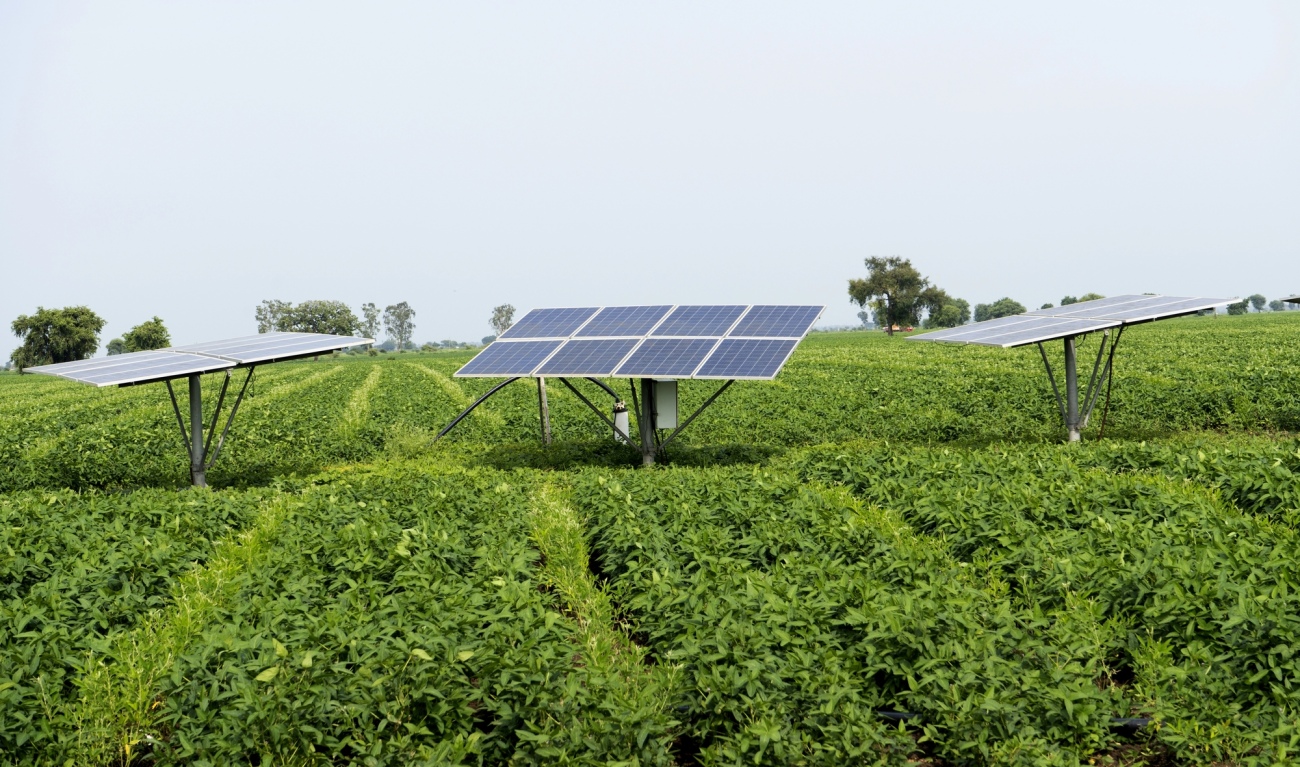
Compared to classic photovoltaic parks, agrovoltaic systems require specific adaptations to effectively support agricultural activities.
Critical is the design of panel layout, with reduced density and placement at greater height, to facilitate crop development and the passage of agricultural machinery.
The distances between panels are configured according to the needs of each crop, with typical heights reaching up to 5 meters and distances between rows of about 4 meters.
The arrangement is also adapted depending on the project's priority: if emphasis is placed on energy production, panels are placed more densely, while if the goal is to enhance cultivation, placement is more sparse.
Additionally, selecting crops that benefit from partial shading, such as blackberries, vines, or fruit trees, can enhance the overall efficiency of the system.
The design, therefore, must dynamically balance energy efficiency and agricultural productivity, adapting to the particularities of each area and project.
Types of Agrovoltaic Systems & Recommended Use
Agrovoltaic technology includes various types of installations, adapted to the needs of each location and the type of cultivation or production that is combined with solar energy production.
Each type has advantages and specialized applications:
1. Ground-mounted PV panels
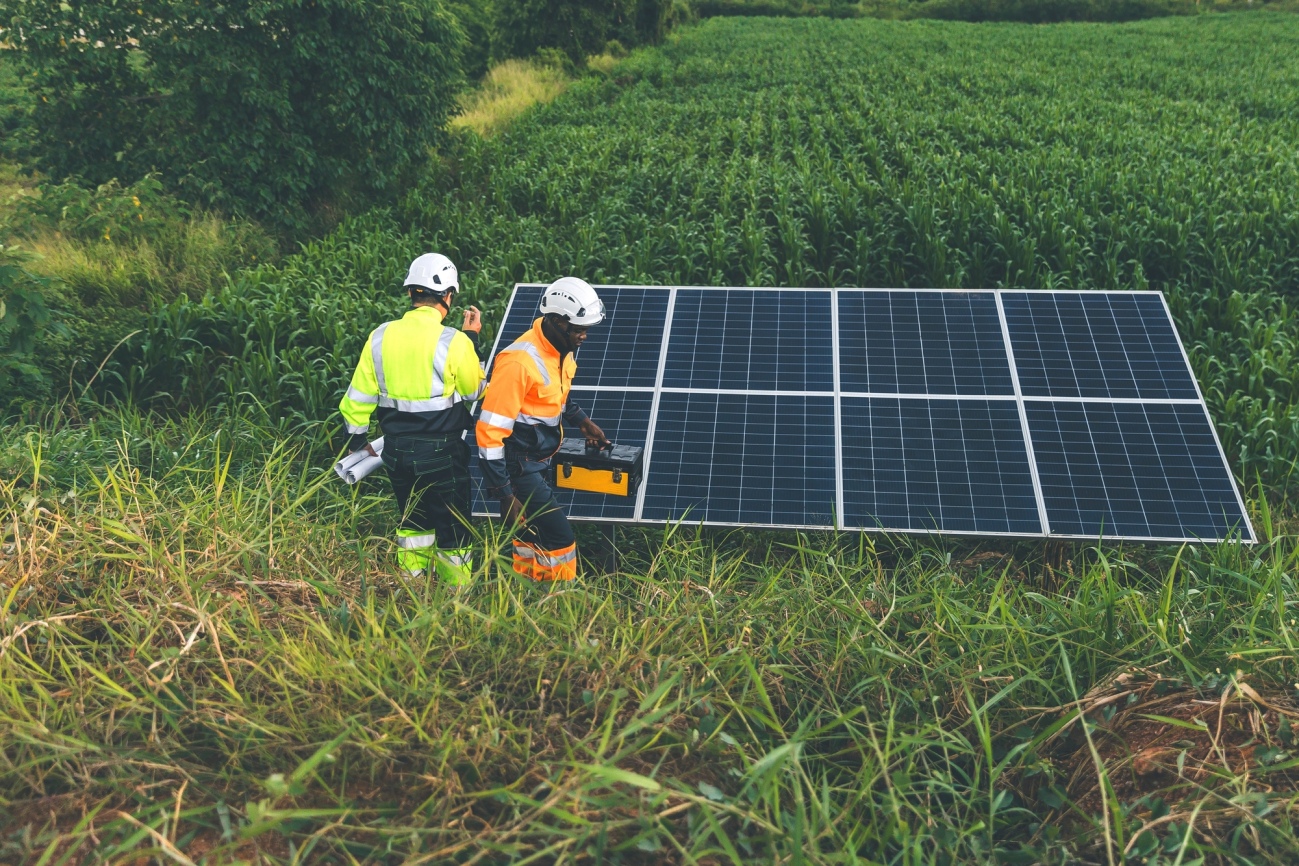
These constitute the most widespread form of photovoltaic systems.
The panels are placed in rows above the ground, either with fixed orientation or with the ability to track the sun's trajectory (solar tracking).
Their height is suitable for grazing animals, such as sheep, as well as for the development of low vegetation, enhancing biodiversity.
Early studies show that plants with smaller roots and high photosynthetic efficiency can thrive under these panels.
An alternative approach to ground-mounted agrovoltaics are vertical photovoltaic systems.
The panels are placed vertically, allowing cultivation in the intermediate space without the need for elevated structures for agricultural machinery passage.
Their main advantage is the uniform distribution of solar radiation on the ground, making them particularly suitable for monocultures.
2. Elevated PV panels
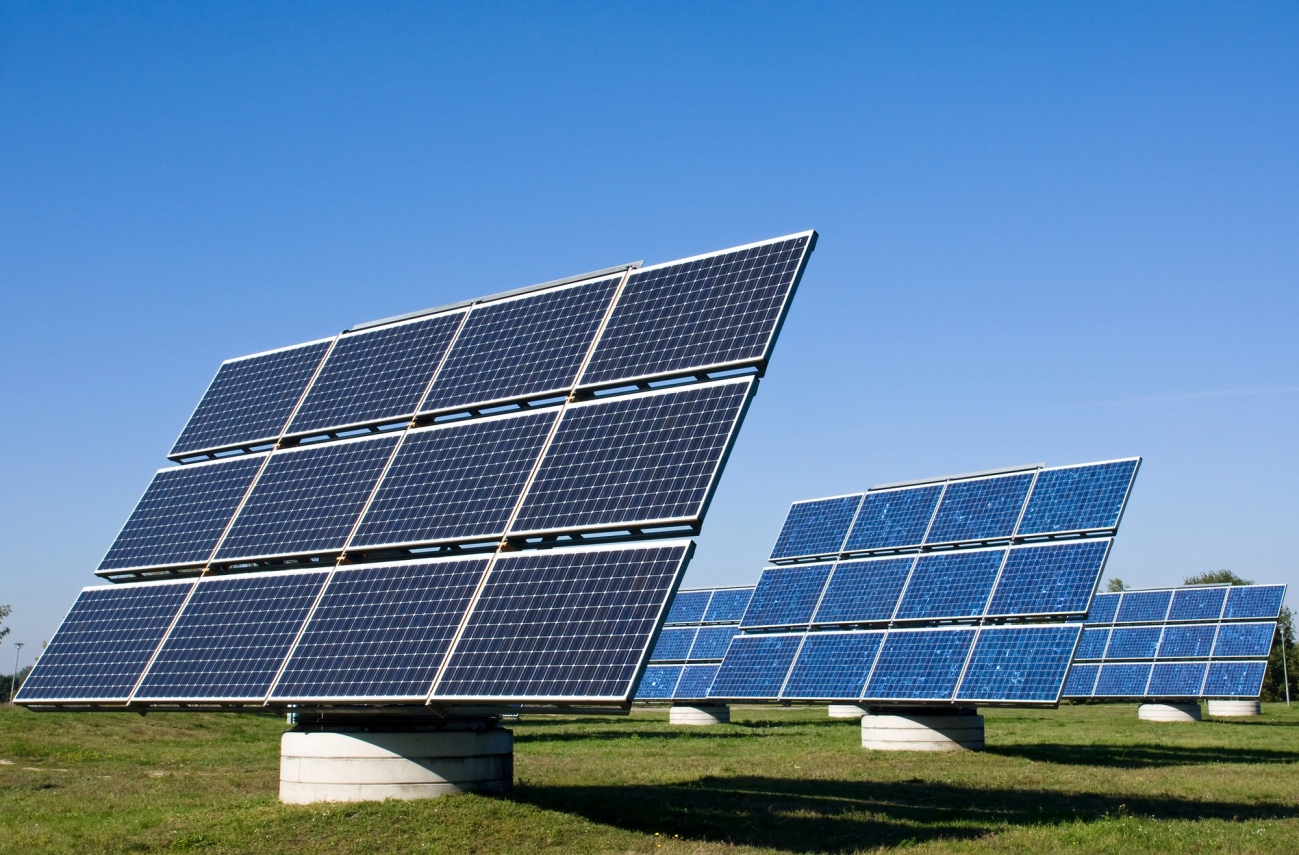
In this model, panels are placed at heights of 2.5 to 5 meters above the ground, allowing the cultivation of even tall plants such as fruit trees, vines, and cereals.
The greater distance between the panels allows sunlight to adequately reach the crops, while access for agricultural machinery and harvesting is facilitated.
This is a solution with a wide range of applications in intensive cultivation.
3. Solar greenhouses
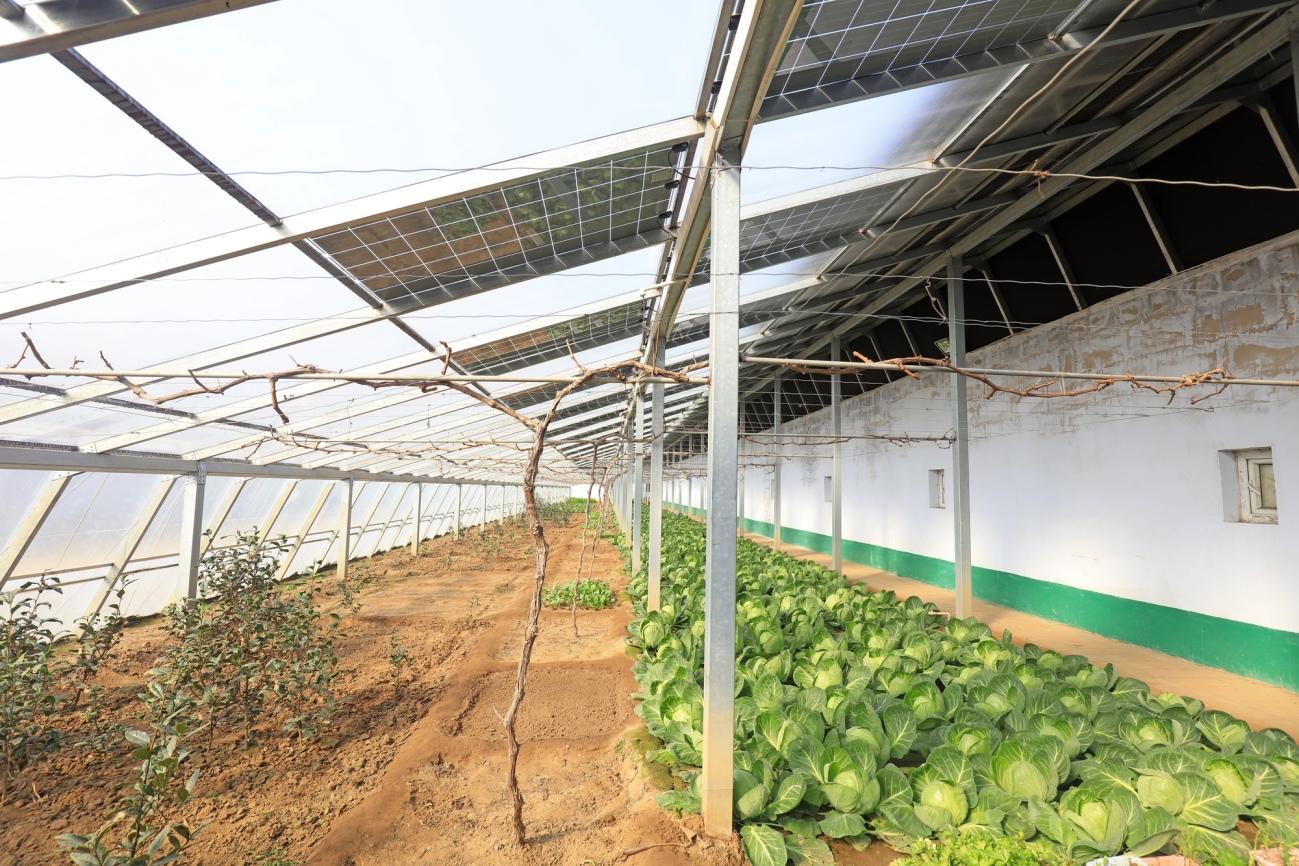
Solar greenhouses incorporate photovoltaic panels in their roof, covering part or all of the surface.
In this way, the greenhouse can meet its energy needs for lighting, irrigation, and heating, reducing dependence on the grid.
Research from the University of California has shown that solar greenhouses do not negatively affect crop yield or quality.
4. Floating PV installations
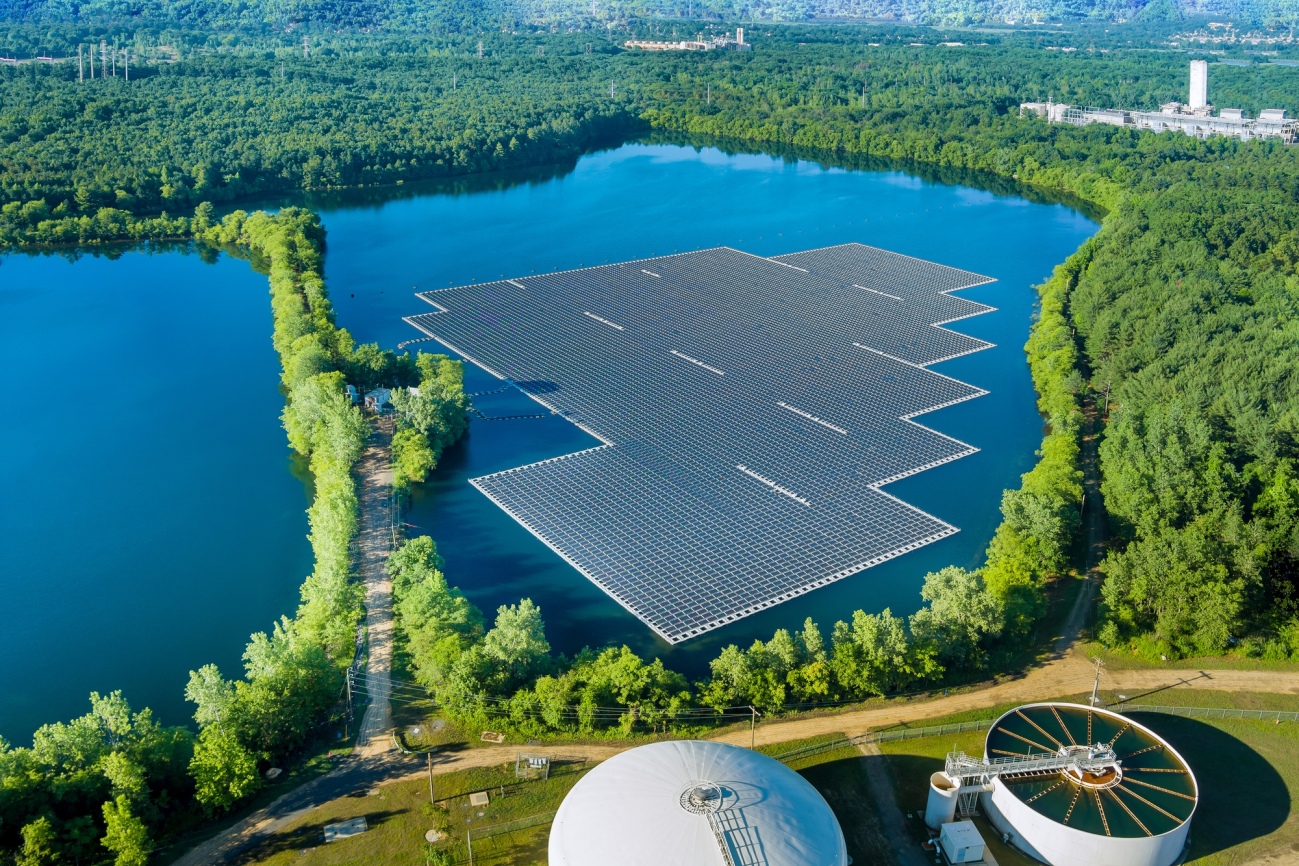
Floating photovoltaic systems are developed on water surfaces, such as artificial lakes or reservoirs.
They provide dual use of space, as they can be combined with fish farming or other aquaculture.
Although this is a more recent technology in the agrovoltaic sector, research is being conducted indicating that shading from panels can reduce water temperature and limit evaporation, offering potential benefits for fish and aquatic ecosystems.
Technologies and Design Parameters in Agrovoltaics

Agrovoltaic systems utilize different panel technologies, from conventional silicon to semitransparent, organic, and bifacial, aiming to balance energy production and agricultural yield.
Of particular interest is the possibility of replacing plastic in greenhouses with flexible organic photovoltaics, while in orchards, white strips on the ground have already been used to increase reflectivity and enhance both electricity production and fruit quality.
At the same time, proper orientation and correct spacing between arrays can improve the distribution of solar radiation on the ground, enhancing crop homogeneity.
In the future, the integration of solar tracking systems and smart shading management promise even greater efficiency, as well as better adaptation to the needs of different crop types.
Benefits of Agrovoltaic Systems
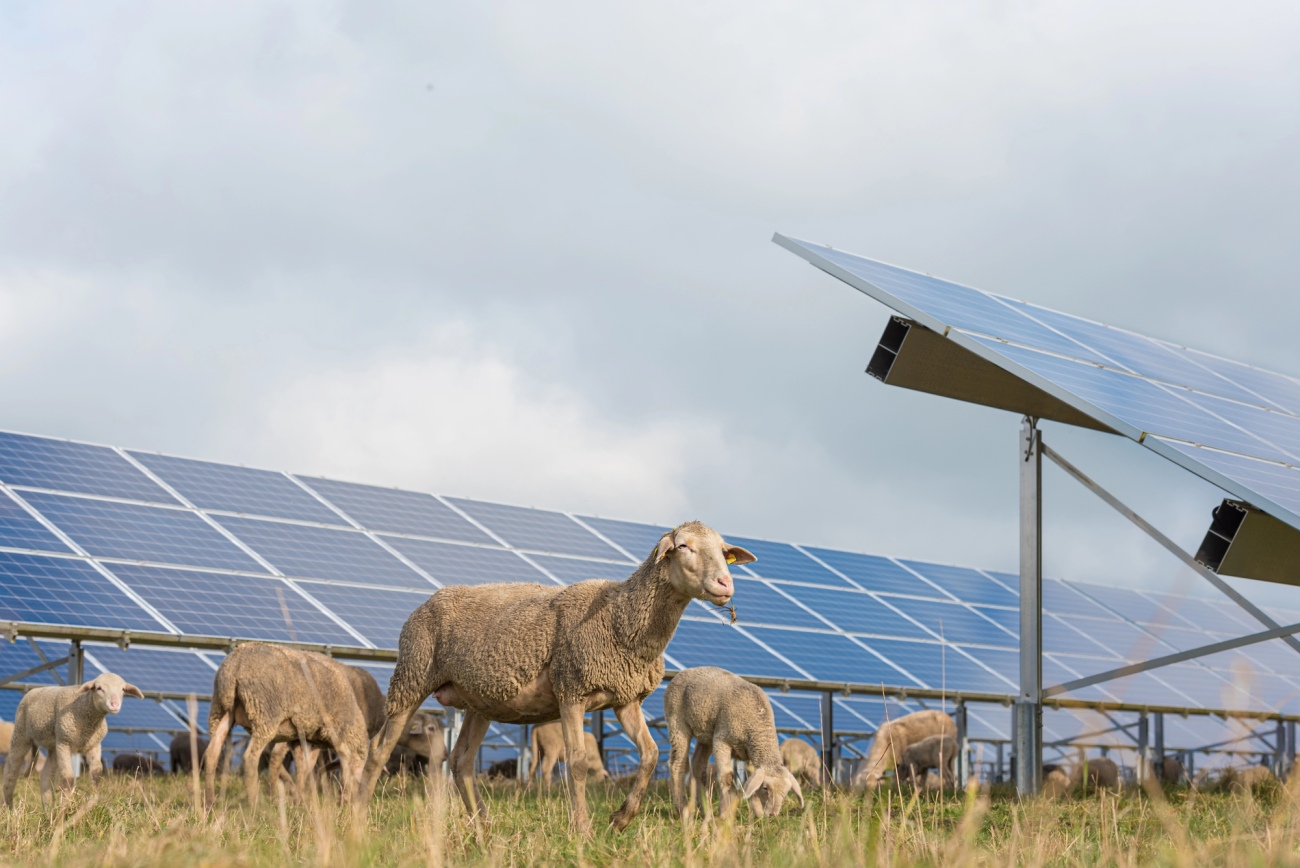
The application of agrovoltaic systems is an innovative approach that combines energy production with agriculture and/or livestock farming in the same space, offering multiple benefits.
Benefits for agricultural production
Placing photovoltaic panels above crops offers protection from extreme weather phenomena such as excessive heat, frost, hail, and heavy rainfall.
Additionally, the shade created reduces plant evapotranspiration, contributing to the maintenance of soil moisture and thus reducing irrigation needs, a particularly critical element in dry or arid regions.
Benefits for energy efficiency
Crops under the panels work beneficially for the photovoltaic system itself: the humidity maintained in the microclimate reduces the temperature around the panels, increasing their energy efficiency.
Furthermore, the energy produced can be used to cover the crop's energy needs, such as for irrigation pumps, refrigerators, or other infrastructure, enhancing the autonomy of the operation.
Economic and operational benefits
The presence of crops reduces maintenance costs, as natural ground cover limits uncontrolled vegetation, making frequent mowing required in conventional PV parks unnecessary.
This translates into reduced operational costs and lower fire risk, as the area is regularly watered and dry grass does not accumulate.
Benefits for livestock farming and the local community
Coexistence with livestock activities, such as sheep grazing, further enhances the usefulness of agrovoltaics.
Farmers benefit from free food for their animals, which are protected from weather phenomena and predators thanks to the shading of panels and the enclosure of the space.
At the same time, PV park owners reduce maintenance costs and enhance cooperation with the local community.
Indicatively, research has shown that the wool of sheep grazing in such environments is of better quality due to the natural, pesticide-free environment.
Benefits for biodiversity and beekeeping
Besides agriculture and livestock farming, agrovoltaics can be successfully combined with beekeeping.
The absence of frequent soil processing and limited human activity inside the parks favor the development of wild vegetation, such as wildflowers, creating habitats for pollinating insects.
Beehives can be placed both inside and outside the enclosure, while panel shading does not negatively affect plant photosynthesis.
This particular combination is internationally one of the most widespread agrovoltaic practices, as it enhances biodiversity and local ecosystems.
Land utilization in areas with limited resources
Agrovoltaic systems are a particularly useful solution in areas where available land is limited or of high value, such as in mountainous and rocky areas or on small islands.
They provide the possibility of combined use of the same space for cultivation and energy production, avoiding the need to choose between the two.
Thus, the resilience of local communities is enhanced and land efficiency is improved, without sacrificing agricultural production.
Challenges in Integrating Agrovoltaic Systems

Despite the many advantages, agrovoltaics come with several uncertainties and technical challenges.
The uneven distribution of rain due to photovoltaic panels leads to heterogeneous soil moisture, increasing the risk of erosion and negatively affecting crop development.
At the same time, shading does not always guarantee better water efficiency, as in some cases it may limit productivity if crops are not appropriately selected.
The microclimate within the parks is affected in ways that are not yet fully understood, as contradictory results are observed in temperature, humidity, and wind, depending on the geographical location and system configuration.
Even solutions considered "good practices," such as grazing sheep or poultry for vegetation control, require proper planning.
The testing of other animals, such as goats or cattle, has failed in several cases, either due to equipment damage or risks to the animals themselves.
Consequently, the application of agrovoltaics requires careful study of the local ecosystem and adapted solutions, which are still being developed.
Applications of Agrovoltaic Systems Worldwide and in Greece

Agrovoltaic systems are applied in many countries worldwide, with particular success in Japan, which pioneered their installation since 2004, and today has almost 2,000 installations, covering over 120 crop types.
In China, a large 640 MW project has proven its positive impact on climate and biodiversity.
In Europe, examples of application exist in the United Kingdom, Italy, France, and Germany, where agrovoltaics combine energy production with agriculture and livestock farming.
In Greece, although solar energy plays an important role in the energy mix, the use of agrovoltaics remains limited.
However, two significant projects are exceptions.
In Thrace, a photovoltaic project with an installed capacity of 3.5MW combines energy production with sheep grazing, offering advantages in soil maintenance and supporting local livestock farming.
In Ilia, in a similar energy project, the cultivation of aromatic plants under elevated photovoltaic panels was studied, seeking to improve agricultural cultivation in combination with energy production.
Additionally, in Thessaloniki, the Aristotle University has studied the effect of organic photovoltaics, placed on greenhouse roofs, on pepper production, with impressive results: the peppers showed 20.2% greater fruit mass and 21.8% greater height compared to peppers cultivated in greenhouses without photovoltaics.
The Legislative Framework in Greece
The legislative framework in Greece for agrophotovoltaic systems is evolving dynamically with the promotion of new provisions and bills.
According to the draft law put to public consultation in June 2024, the installation of photovoltaic systems in high-productivity agricultural plots is permitted, aiming at sustainable land use.
The legislation provides for energy production from photovoltaic stations with power up to 1 MW, while plant cultivation will continue in parallel.
The implementation of the process will be supported by a Joint Ministerial Decision, which will define the prerequisites for crops, subsidy procedures, and system connection to the grid.
The purpose of this policy is to enhance the productivity of agricultural holdings, reduce production costs, and increase producers' incomes through energy sales.
Research on Agrophotovoltaic Systems
Research in the field of agrophotovoltaics continues with the aim of detecting crops that thrive under photovoltaic panels.
In Arizona, for example, pepper and tomato showed increased production, while in South Korea, broccoli acquires better color and maintains its quality.
Also, at the Queensland farm in Australia, sheep grazing under photovoltaics has been proven to reduce the cost of mowing operations.
Future research proposals include economic analysis of installation costs and agrophotovoltaic configuration, studying the impact of agrophotovoltaics on parameters beyond solar radiation, and testing the system on crops of particular interest to Greece, such as olive trees and citrus fruits.
Conclusion
Agrophotovoltaic systems offer an innovative solution that combines renewable energy production with the enhancement of agricultural activities, allowing farmers to better utilize their resources and increase their income.
SynEnergy Advisors supports the dual use of land, integrating farmers' needs with the development of sustainable energy solutions.
With the application of these systems, the energy autonomy of rural areas is enhanced and sustainable development is promoted.
